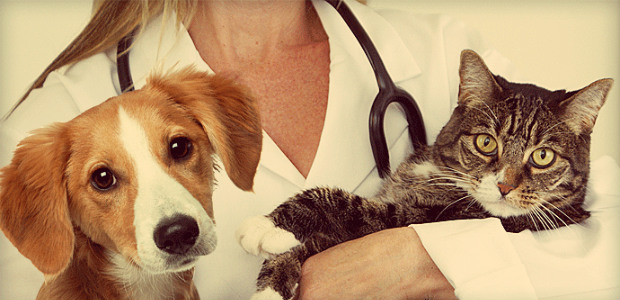
Veterinary Medicine: A Career For Veterinary Assistants
Veterinary medicine is the specialized branch of medical science that deals strictly with the management, prevention, treatment, diagnosis, and recovery of disease, injury, and disorder in animals. In addition to this, it also takes care of animal husbandry, rearing, nutrition, compilations, research, and product improvement. Veterinary medicine has branches in numerous countries all over the world. The major part of the work of veterinary medicine is that of animal medicine which mainly includes animal physiology, cell and tissue culture, pathophysiology, nutrition, pathology, pharmacology, and clinical pathology. Other areas in medicine animal medicine include animal husbandry, acupuncture, business medicine, nutrition, infectious diseases, veterinarian medicine, pathology, physiology, surgical procedures, and other subspecialties. Veterinary medicine mainly treats animals as their owners and sees to their well-being.
Veterinary medicine performs a variety of tasks such as animal research, managing the health of animals, determining the cause of a disease, performing experimental procedures, and administering vaccines. A scientist may perform many of these tasks in a laboratory. For example, in animal research, he or she carries out genetic studies, maintains records of them, creates a description of the disease and its effect on the animal, collects and interprets data, tests the results, examines related tissues, performs a diagnostic procedure or makes a therapy recommendation. He may collaborate with other scientists, staff veterinarians, pharmacists, nurses, veterinarians, pathologists, and other specialists. On the other hand, in vivisection animal testing, animals are made to undergo various physical and psychological conditions and then are killed for further study.
Most of the animal diseases have no cure and medicine animal testing help in finding a cure for them. However, there are animal diseases that can be successfully cured by medicine animal testing. Veterinary medicine uses non-invasive methods for the diagnosis and treatment of animal diseases. In this field, the term non-invasive refers to those procedures that do not require the use of surgical tools, incisions, injections, or medicines. Examples of such procedures include blood drawing, skin scrapings, electrodigation, or the collection of urine and blood samples.
There are some diseases in which even the best medical facilities in the world cannot cure the animal. Medicine animal testing therefore plays an important role in the detection and cure of these incurable diseases. The use of DNA analysis for example is used in this field to determine whether an animal is suffering from a disease or is healthy and can be saved.
Animal medicine also includes the prevention of animal diseases by preventing animal diseases. Prevention of an animal disease involves vaccination, infection control, case management, parasite control and management and euthanasia. As an aspiring veterinary medicine student you will learn the theory aspects as well as the application aspects of the veterinary medicine to a real life situation. An aspiring vet assistant can thus prepare himself for a career as soon as he finishes his training. Vet assistants are needed in animal hospitals, clinics, shelters, private practices, vets’ offices and other organizations. Your goal will be to help these animals in need.
If you are currently preparing yourself to enter vet assistant training, there are many opportunities available to you. You can find a job as a veterinary assistant in a variety of veterinaries, hospitals and other veterinary medicine facilities around the United States. The salary and benefits are usually good and the work is challenging. You can also become a veterinary assistant instructor, providing hands-on training to veterinary medicine students. You can even go on to become a veterinary medicine technician, a veterinary technician associate or a veterinary nurse.